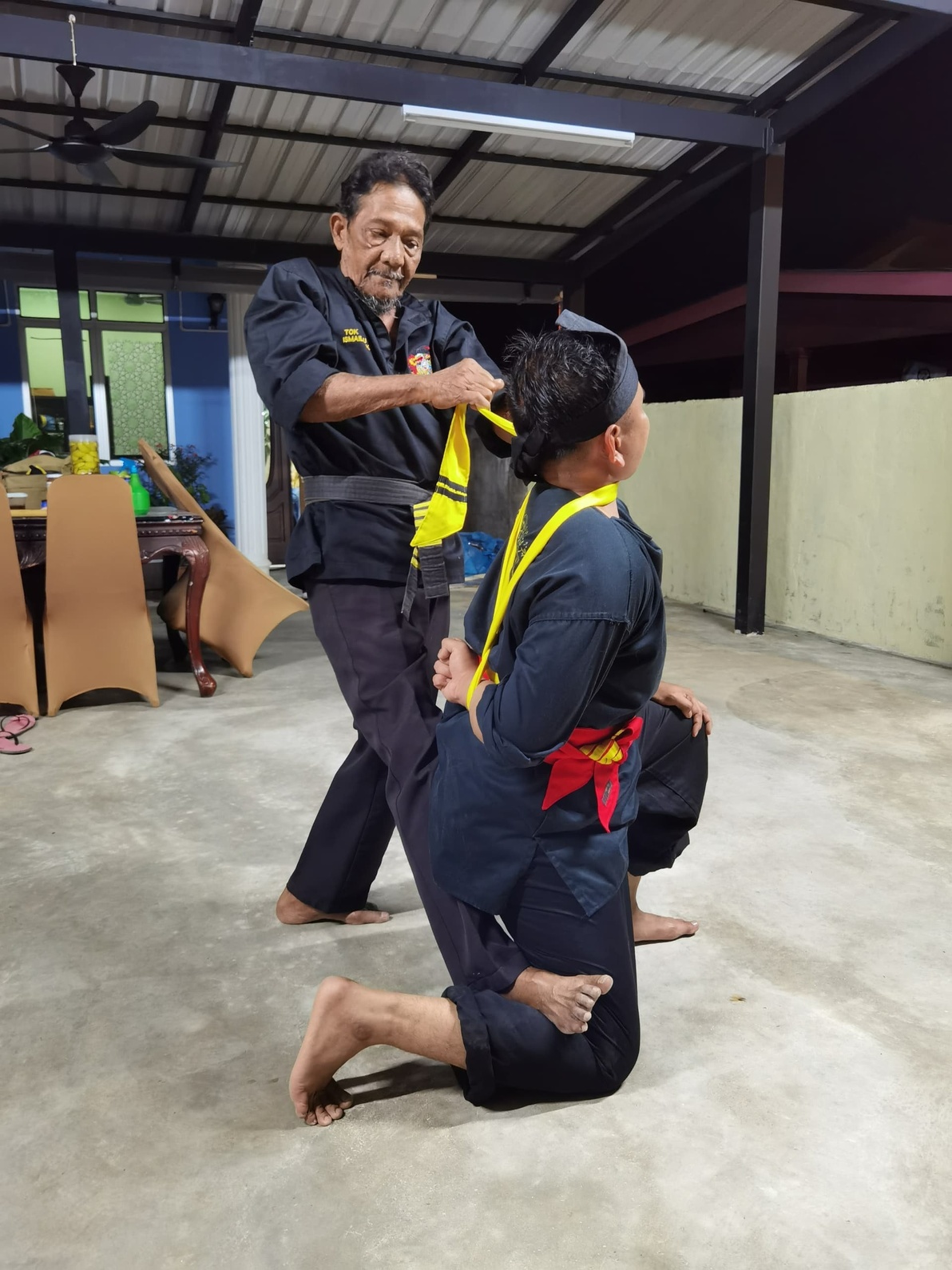The Art of Cindai: A Piece of Cloth that Can Save Your Life
By Muhammad Amirul Naim Rosmi
July 2025 FEATURE
Muhammad Amirul Naim Rosmi

holds a Bachelor’s degree in Human Sciences from the International Islamic University of Malaysia (IIUM). His areas of interest encompass social history, intellectual history and political thought.




